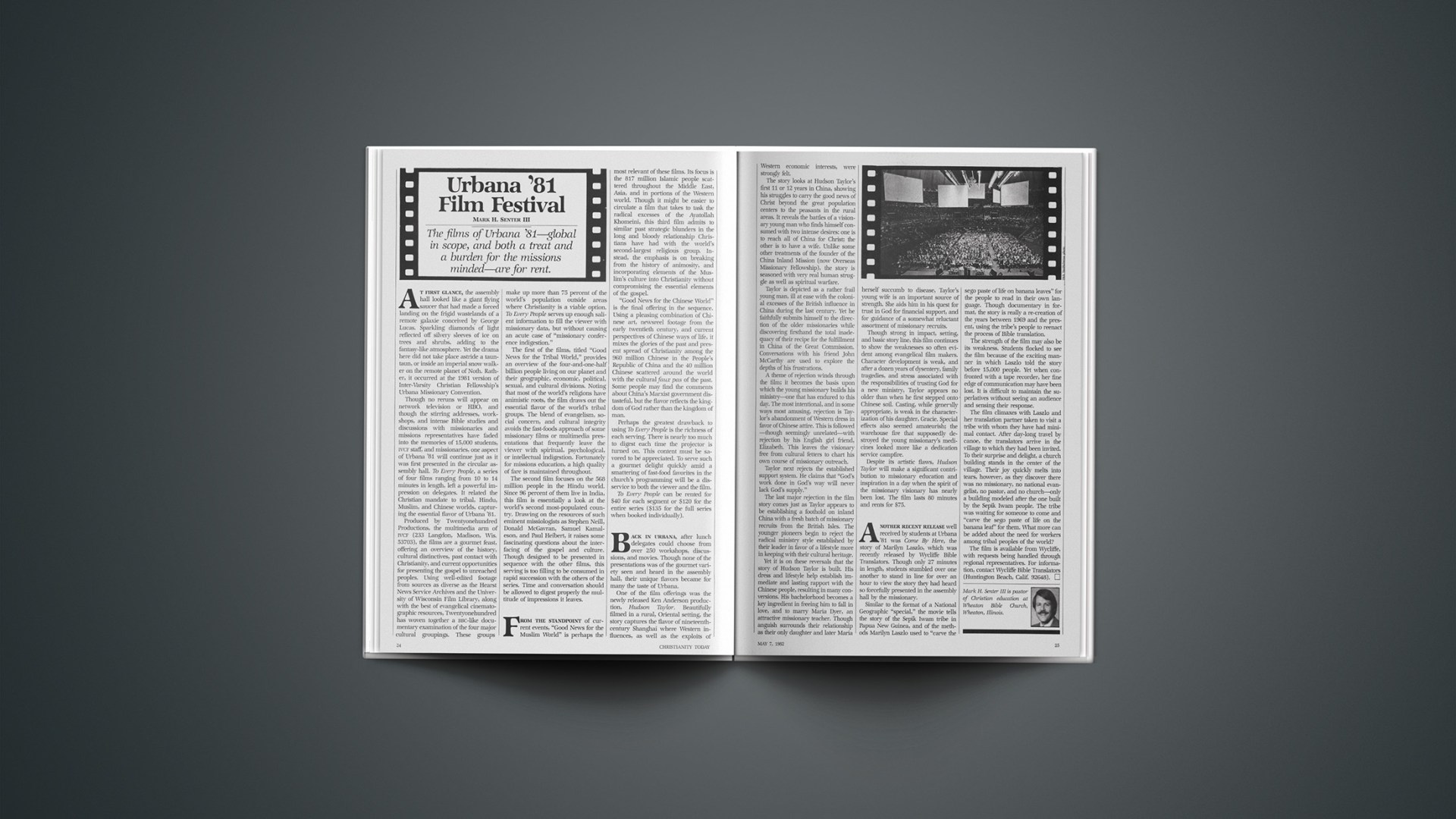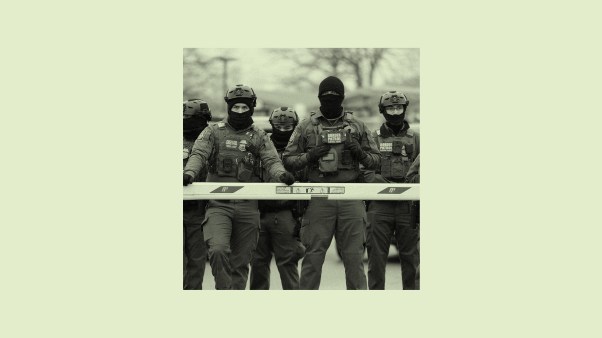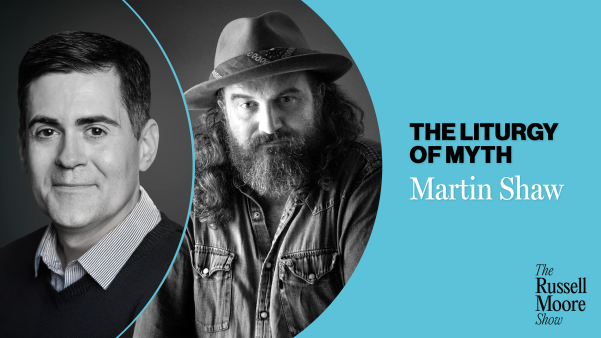The films of Urbana ’81—global in scope, and both a treat and a burden for the missions minded—are for rent.
At first glance, the assembly hall looked like a giant flying saucer that had made a forced landing on the frigid wastelands of a remote galaxie conceived by George Lucas. Sparkling diamonds of light reflected off silvery sleeves of ice on trees and shrubs, adding to the fantasy-like atmosphere. Yet the drama here did not take place astride a tauntaun, or inside an imperial snow walker on the remote planet of Noth. Rather, it occurred at the 1981 version of Inter-Varsity Christian Fellowship’s Urbana Missionary Convention.
Though no reruns will appear on network television or HBO, and though the stirring addresses, workshops, and intense Bible studies and discussions with missionaries and missions representatives have faded into the memories of 15,000 students, IVCF staff, and missionaries, one aspect of Urbana ’81 will continue just as it was first presented in the circular assembly hall. To Every People, a series of four films ranging from 10 to 14 minutes in length, left a powerful impression on delegates. It related the Christian mandate to tribal, Hindu, Muslim, and Chinese worlds, capturing the essential flavor of Urbana ’81.
Produced by Twentyonehundred Productions, the multimedia arm of IVCF (233 Langdon, Madison, Wis. 53703), the films are a gourmet feast, offering an overview of the history, cultural distinctives, past contact with Christianity, and current opportunities for presenting the gospel to unreached peoples. Using well-edited footage from sources as diverse as the Hearst News Service Archives and the University of Wisconsin Film Library, along with the best of evangelical cinematographic resources, Twentyonehundred has woven together a BBC-like documentary examination of the four major cultural groupings. These groups make up more than 75 percent of the world’s population outside areas where Christianity is a viable option. To Every People serves up enough salient information to fill the viewer with missionary data, but without causing an acute case of “missionary conference indigestion.”
The first of the films, titled “Good News for the Tribal World,” provides an overview of the four-and-one-half billion people living on our planet and their geographic, economic, political, sexual, and cultural divisions. Noting that most of the world’s religions have animistic roots, the film draws out the essential flavor of the world’s tribal groups. The blend of evangelism, social concern, and cultural integrity avoids the fast-foods approach of some missionary films or multimedia presentations that frequently leave the viewer with spiritual, psychological, or intellectual indigestion. Fortunately for missions education, a high quality of fare is maintained throughout.
The second film focuses on the 568 million people in the Hindu world. Since 96 percent of them live in India, this film is essentially a look at the world’s second most-populated country. Drawing on the resources of such eminent missiologists as Stephen Neill, Donald McGavran, Samuel Kamaleson, and Paul Heibert, it raises some fascinating questions about the interfacing of the gospel and culture. Though designed to be presented in sequence with the other films, this serving is too filling to be consumed in rapid succession with the others of the series. Time and conversation should be allowed to digest properly the multitude of impressions it leaves.
From the standpoint of current events, “Good News for the Muslim World” is perhaps the most relevant of these films. Its focus is the 817 million Islamic people scattered throughout the Middle East, Asia, and in portions of the Western world. Though it might be easier to circulate a film that takes to task the radical excesses of the Ayatollah Khomeini, this third film admits to similar past strategic blunders in the long and bloody relationship Christians have had with the world’s second-largest religious group. Instead, the emphasis is on breaking from the history of animosity, and incorporating elements of the Muslim’s culture into Christianity without compromising the essential elements of the gospel.
“Good News for the Chinese World” is the final offering in the sequence. Using a pleasing combination of Chinese art, newsreel footage from the early twentieth century, and current perspectives of Chinese ways of life, it mixes the glories of the past and present spread of Christianity among the 960 million Chinese in the People’s Republic of China and the 40 million Chinese scattered around the world with the cultural faux pas of the past. Some people may find the comments about China’s Marxist government distasteful, but the flavor reflects the kingdom of God rather than the kingdom of man.
Perhaps the greatest drawback to using To Every People is the richness of each serving. There is nearly too much to digest each time the projector is turned on. This content must be savored to be appreciated. To serve such a gourmet delight quickly amid a smattering of fast-food favorites in the church’s programming will be a disservice to both the viewer and the film.
To Every People can be rented for $40 for each segment or $120 for the entire series ($135 for the full series when booked individually).
Back in urbana, after lunch delegates could choose from over 250 workshops, discussions, and movies. Though none of the presentations was of the gourmet variety seen and heard in the assembly hall, their unique flavors became for many the taste of Urbana.
One of the film offerings was the newly released Ken Anderson production, Hudson Taylor. Beautifully filmed in a rural, Oriental setting, the story captures the flavor of nineteenth-century Shanghai where Western influences, as well as the exploits of Western economic interests, were strongly felt.
The story looks at Hudson Taylor’s first 11 or 12 years in China, showing his struggles to carry the good news of Christ beyond the great population centers to the peasants in the rural areas. It reveals the battles of a visionary young man who finds himself consumed with two intense desires: one is to reach all of China for Christ; the other is to have a wife. Unlike some other treatments of the founder of the China Inland Mission (now Overseas Missionary Fellowship), the story is seasoned with very real human struggle as well as spiritual warfare.
Taylor is depicted as a rather frail young man, ill at ease with the colonial excesses of the British influence in China during the last century. Yet he faithfully submits himself to the direction of the older missionaries while discovering firsthand the total inadequacy of their recipe for the fulfillment in China of the Great Commission. Conversations with his friend John McCarthy are used to explore the depths of his frustrations.
A theme of rejection winds through the film; it becomes the basis upon which the young missionary builds his ministry—one that has endured to this day. The most intentional, and in some ways most amusing, rejection is Taylor’s abandonment of Western dress in favor of Chinese attire. This is followed—though seemingly unrelated—with rejection by his English girl friend, Elizabeth. This leaves the visionary free from cultural fetters to chart his own course of missionary outreach.
Taylor next rejects the established support system. He claims that “God’s work done in God’s way will never lack God’s supply.”
The last major rejection in the film story comes just as Taylor appears to be establishing a foothold on inland China with a fresh batch of missionary recruits from the British Isles. The younger pioneers begin to reject the radical ministry style established by their leader in favor of a lifestyle more in keeping with their cultural heritage.
Yet it is on these reversals that the story of Hudson Taylor is built. His dress and lifestyle help establish immediate and lasting rapport with the Chinese people, resulting in many conversions. His bachelorhood becomes a key ingredient in freeing him to fall in love, and to marry Maria Dyer, an attractive missionary teacher. Though anguish surrounds their relationship as their only daughter and later Maria herself succumb to disease, Taylor’s young wife is an important source of strength. She aids him in his quest for trust in God for financial support, and for guidance of a somewhat reluctant assortment of missionary recruits.
Though strong in impact, setting, and basic story line, this film continues to show the weaknesses so often evident among evangelical film makers. Character development is weak, and after a dozen years of dysentery, family tragedies, and stress associated with the responsibilities of trusting God for a new ministry, Taylor appears no older than when he first stepped onto Chinese soil. Casting, while generally appropriate, is weak in the characterization of his daughter, Gracie. Special effects also seemed amateurish; the warehouse fire that supposedly destroyed the young missionary’s medicines looked more like a dedication service campfire.
Despite its artistic flaws, Hudson Taylor will make a significant contribution to missionary education and inspiration in a day when the spirit of the missionary visionary has nearly been lost. The film lasts 80 minutes and rents for $75.
Another recent release well received by students at Urbana ’81 was Come By Here, the story of Marilyn Laszlo, which was recently released by Wycliffe Bible Translators. Though only 27 minutes in length, students stumbled over one another to stand in line for over an hour to view the story they had heard so forcefully presented in the assembly hall by the missionary.
Similar to the format of a National Geographic “special,” the movie tells the story of the Sepik Iwam tribe in Papua New Guinea, and of the methods Marilyn Laszlo used to “carve the sego paste of life on banana leaves” for the people to read in their own language. Though documentary in format, the story is really a re-creation of the years between 1969 and the present, using the tribe’s people to reenact the process of Bible translation.
The strength of the film may also be its weakness. Students flocked to see the film because of the exciting manner in which Laszlo told the story before 15,000 people. Yet when confronted with a tape recorder, her fine edge of communication may have been lost. It is difficult to maintain the superlatives without seeing an audience and sensing their response.
The film climaxes with Laszlo and her translation partner taken to visit a tribe with whom they have had minimal contact. After day-long travel by canoe, the translators arrive in the village to which they had been invited. To their surprise and delight, a church building stands in the center of the village. Their joy quickly melts into tears, however, as they discover there was no missionary, no national evangelist, no pastor, and no church—only a building modeled after the one built by the Sepik Iwam people. The tribe was waiting for someone to come and “carve the sego paste of life on the banana leaf” for them. What more can be added about the need for workers among tribal peoples of the world?
The film is available from Wycliffe, with requests being handled through regional representatives. For information, contact Wycliffe Bible Translators (Huntington Beach, Calif. 92648).
Mark H. Senter III is pastor of Christian education at Wheaton Bible Church, Wheaton, Illinois.










